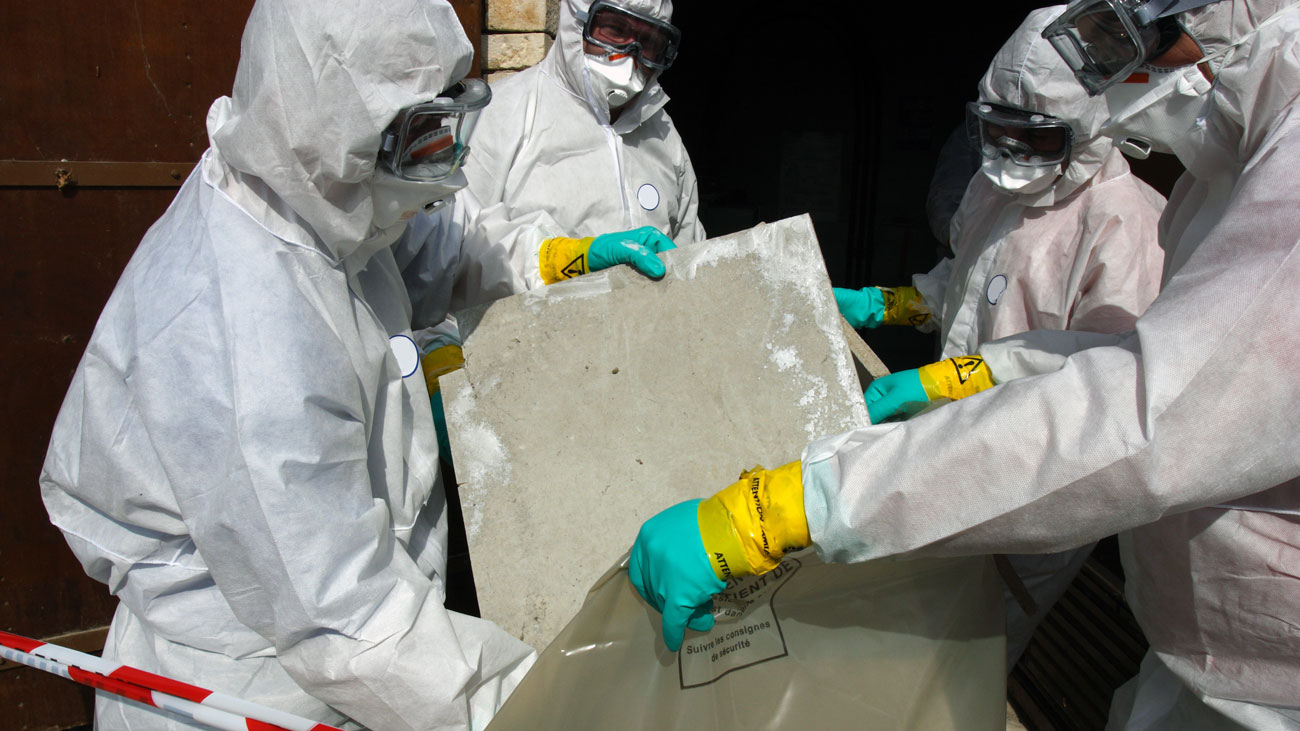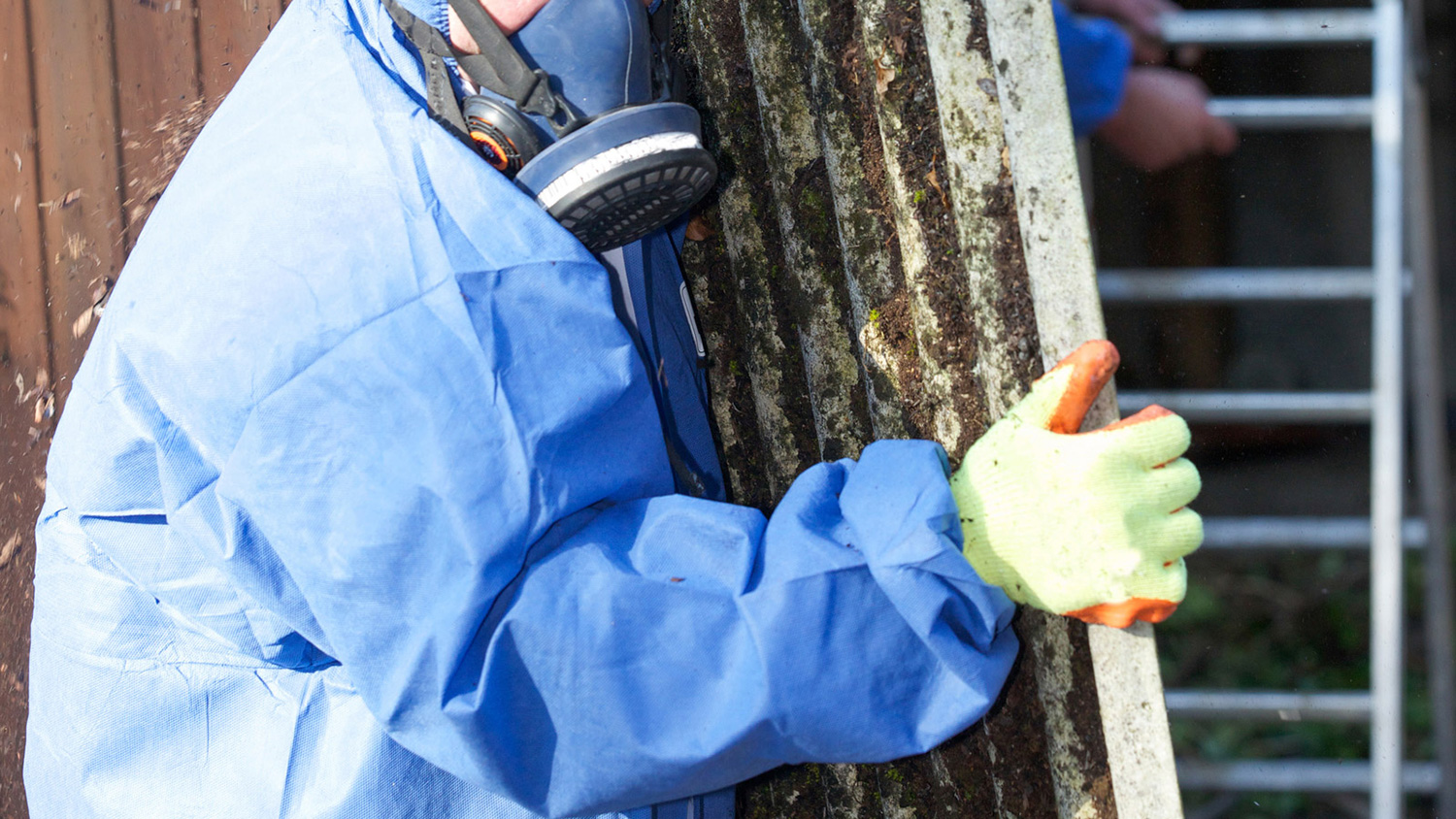
Government must commit to strategy to remove all asbestos in 40 years
The Work and Pensions Committee’s report, The Health and Safety Executive’s Approach to Asbestos Management, was published on 21 April 2022 and calls on the government to commit to a strategy to remove all asbestos from public and commercial buildings by 2062 and to ramp up funding to boost enforcement activity.
The report notes that asbestos can still be found in around 300,000 non-domestic buildings and warns that there is a growing risk of public exposure to the carcinogenic material because the UK’s net zero ambitions are driving an increase in retrofitting and, potentially, the disturbance of asbestos-containing materials.
MPs added that reliance on the current Control of Asbestos Regulations 2012 will not be sufficient to manage this changing situation.
Rt Hon Stephen Timms MP, Chair of the Work and Pensions Committee, said:
“Asbestos is one of the great workplace tragedies of modern times and while the extreme exposures of the late twentieth century are now behind us, the risk from asbestos remains real. The drive towards retrofitting of buildings to meet net zero aspirations means the risk of asbestos exposure will only escalate in the coming decades. Falling back on regulations which devolve responsibility to individual building owners and maintenance managers will not be sufficient to protect people’s health. Setting a clear deadline of 40 years for the removal of asbestos from non-domestic buildings will help to focus minds. The clock is ticking and the Government and HSE must now come up with a strategic plan which builds the evidence on safer removal and prioritises higher risk settings such as schools. This is no time for laissez-faire. The Government needs to fund the HSE properly to allow it to reverse the decline in enforcement activity seen in the decade before the pandemic and ensure that asbestos, and its removal, is managed safely and effectively.”
When asbestos fibres are airborne there is a danger they will be inhaled. Reducing risk of exposure begins with trying to avoid asbestos altogether. If it’s present then it should be located and surveyed, and the risk of exposure should be assessed. If asbestos materials are in good condition, and in a place where they are unlikely to be disturbed, then they should not cause any harm. It is, however, essential to check that this is the case, by means of a survey and then regular re-inspections of the identified asbestos. Re-inspection frequency will be based on a risk assessment and outlined in the asbestos management plan. When undertaking any building work – be it a new construction, removal, repair or demolition – the risk should be assessed.
Responding to the report, the Institution of Occupational Safety and Health (IOSH) said that any plans for the mass removal of asbestos from public and commercial buildings in the UK must include detailed information on how those charged with doing the work will be protected and how it will be disposed of. Consideration must also be given to better prevention methods while asbestos is still present in buildings.
Ruth Wilkinson, IOSH’s Head of Health and Safety, said:
“We support the recommendation for there to be an overall ‘plan’ developed by the Government and Health and Safety Executive, but we urge caution over doing this without research and evidence around safe removal and disposal. Removing asbestos is something which is fraught with risks, so any decision to do so is something which cannot be taken lightly. Full consideration must be given to how the people removing it are protected and where the asbestos goes from there, including its packaging, transportation and final disposal – particularly when considering the large number of buildings this plan will relate to. We would expect to see that any such plans will include detailed information on how these risks will be managed to prevent significant exposure during this process.”
Ruth added that, should a 40-year plan be set, there would still be a risk for anyone coming into contact with asbestos in that time.
She said:
“It is crucial that greater protection is offered to these people, and that a risk-based approach is taken as recommended by the committee. There is currently a lack of consistency in managing asbestos among duty holders and a lack of awareness and knowledge about it among those who are coming into contact with it, particularly in smaller businesses. We would like to see a collective effort by policy makers, government, regulators, employers and worker representatives. This should include improved training for employees in how to deal with asbestos, clearer guidance around working with asbestos and more awareness raising about the dangers of exposure. Action is needed now. People’s lives depend on it.”
Peter McGettrick, Chairman of British Safety Council, said:
“Just because asbestos use was banned in the UK 20 years ago, does not mean it has gone away. The UK’s public buildings are still riddled with it, and we know that teachers, nurses and other workers can become seriously ill, and in many cases die, if they come into contact with it over time. The Select Committee is right that we should remove asbestos from all our public and commercial buildings, and that a national register should be set up, as has been done in other European countries. The HSE should also be given extra funding and resources not just to manage this process across government and with local authorities, but also to ensure that existing regulations can be properly enforced. The report shows how few prosecutions and fines are given out for breaches of asbestos regulations and this must change if we are to get on top of this issue. With 5,000 people still dying every year from asbestos-related diseases, this is not something we can ignore any more.”




